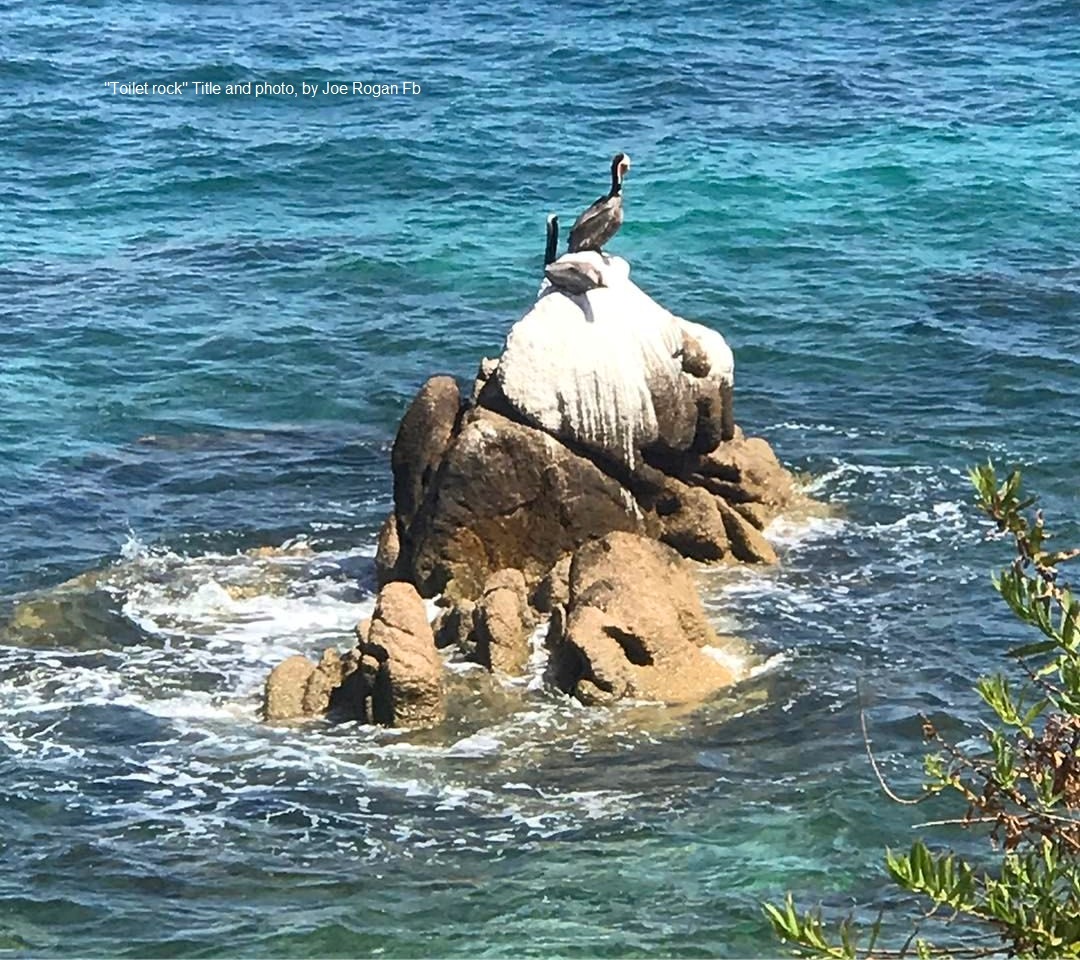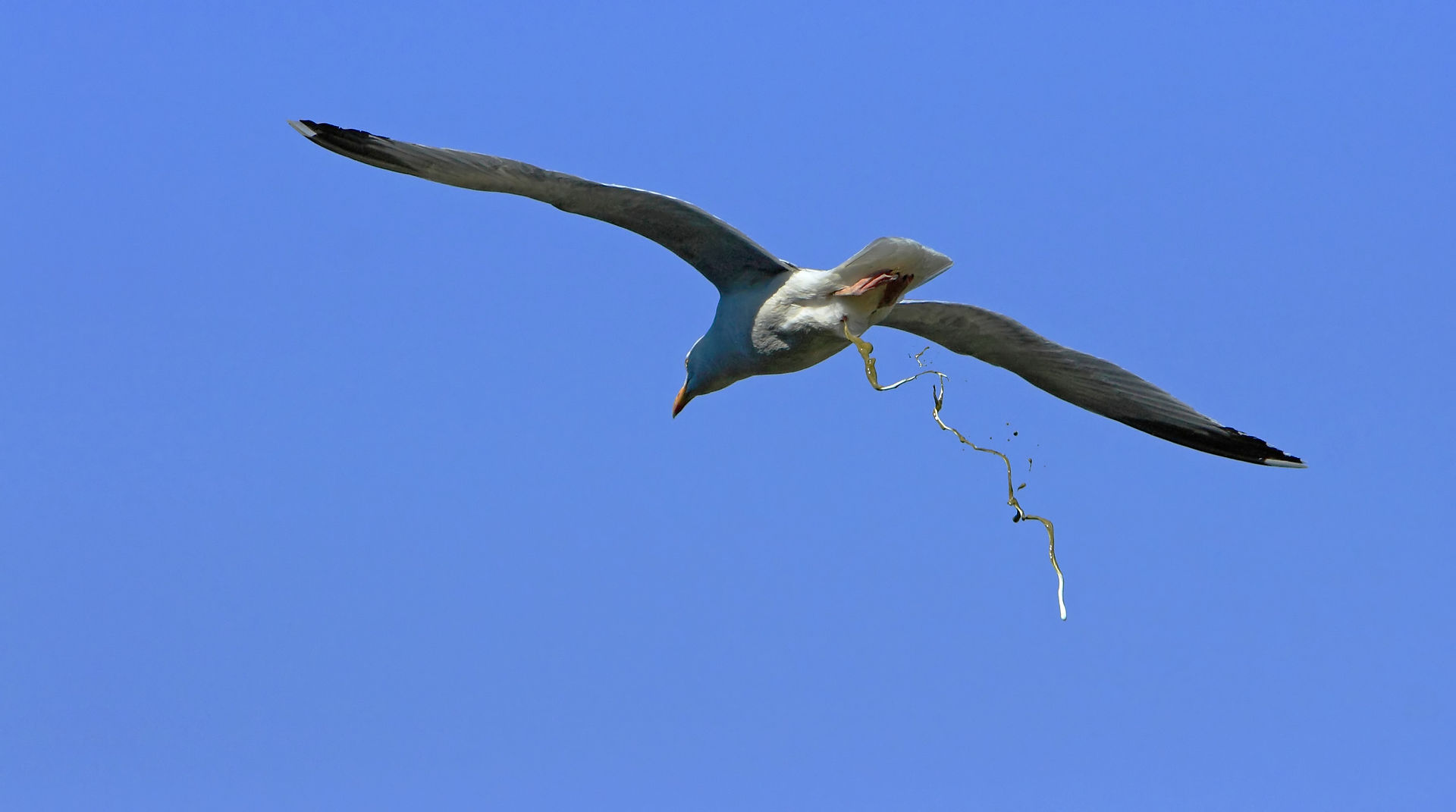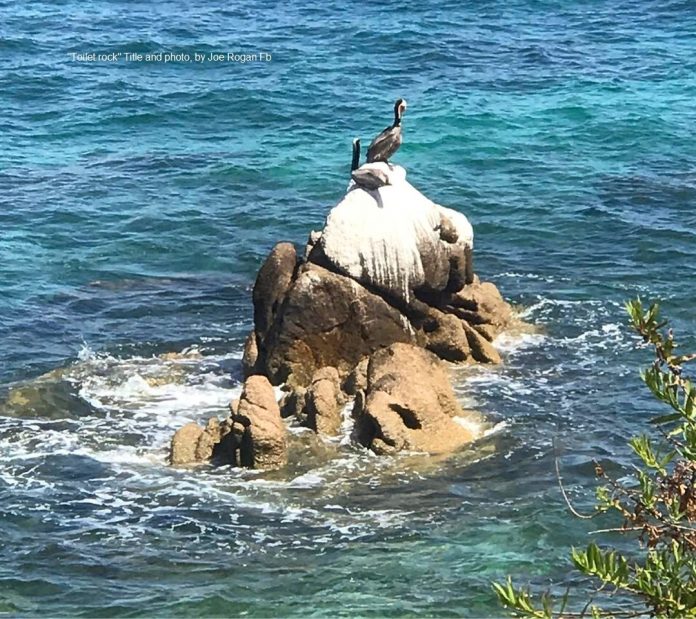Booking a magical glimpse inside Etnia Nativa
Article by Etnia Nativa call us 592 2702 and book your experience!
Each week, Etnia Nativa presents a new episode about cultural heritage, focusing on native knowledge, transcendental wisdom, and the importance of defending the true heart of Aruba. It connects the reader to that mystical aspect of the island’s culture and traditions, encouraging everyone to interact with our unique environment. In this episode, it talks about guano, a highly appreciated product in organic farming.

Guano is a word extracted from the Quechua language of the Incas, wánu, which stands for compost or fertilizer. It is the substrate resulting from the massive accumulation of excrement from bats, seabirds, and seals in arid or low-humidity environments. Bird guano usually refers to the desiccated droppings of seabirds. Thanks to the fish diet of these birds, their guano is a highly effective fertilizer for plants and soil since it is packed with phosphorus, potassium, carbon, and nitrogen. Phosphorus (P) is especially important for root and bloom development; potassium (K) supports photosynthesis and is all about growth. Carbon (C) and nitrogen (N) are essential foods for all plants, and nitrogen is also responsible for supporting foliage growth.
During the 20th century, guano-producing birds became an important conservation target, but before this, in the 1800s, the guano trade played a key role in the development of intensive agricultural practices and led to the formal colonization of remote islands around the world.

In the early 19th century, due to the extensive use of American farmland, soil nutrients were greatly depleted. Farmers began to look for better fertilizers. It was in the year 1882 that guano became an important income source for our island; it turned Aruba into the main support of the islands, a situation that remained until the establishment of the oil industry. (See episode 41: Aruba Phosphate Company.) To transport the guano to the port, a six-kilometer-long railway was built, from which it was shipped to England, France, Germany, and the United States to process it and so obtain a superphosphate that was used as fertilizer.
Two hundred years ago, commercial fertilizers were rarely used. Farmers relied on manure, bones, and ashes to supplement the soil, but why those materials were beneficial was not fully understood. Meanwhile, a stinking substance discovered by the Incas of South America, known as bird guano, was beginning to re-emerge as the leading agricultural fertilizer in the United States.
When American farmers discovered that guano was a great fertilizer, agricultural production increased greatly, and they became eager for it, but the prices set by the Peruvian government were increasingly higher. Peruvian guano became popular in the United States, and although guano was sought on other Pacific and Caribbean islands, it was of lower quality because the rain on these islands had sapped the guano of its nitrates, an essential ingredient in agricultural fertilizer. By the 1830s, the first American ships mined guano from a group of islands off the coast of Peru called the Chincha Islands. Due to the dry climate of the Chincha Islands, its guano was high in nitrates, making it the finest in the world.
The guano trade was more dangerous than it seemed because, as the guano dust filled the air with ammonia, those in contact with it were exposed to toxic and asphyxiating vapors.
In 1856, the U.S. government passed the Guano Islands Act, which allowed any unclaimed or unoccupied islands containing guano to be annexed. This act was originally intended for Americans to acquire their own Guano Islands and was one of the founding acts of American imperialism. (Source of this paragraph: National Museum of American History online.) Other guano islands were found in the Caribbean, such as Navassa Island, and some in the Pacific, including Baker and Jarvis islands, although none compared to the Peruvian guano.
Aruba’s dry climate favored it becoming a guano island, with millions of birds flying on its coasts that sustained a productive pile for years in the 19th century. Did you notice that coastal rocks are favorite “toilet spots” for pelicans and many other seabirds?
So if you are interested in really getting to know the flora, fauna, geology, history, and autochthonous art, as well as the true identity of the island, book a visit to Etnia Nativa, a unique native gem! Let Anthony, our acclaimed columnist, guide and lecture you regarding the most interesting and revealing stories about Aruba’s undiscovered native ethnicity, an adventure beyond beaches and tourist traps. Visit his magnificent dwelling that integrates natural and reused materials, bursting with culture and island heritage, and you’ll love our island beyond beaches!
Appointments and confirmations trough WhatsApp +297 592 2702 or etnianativa03@gmail.com




















